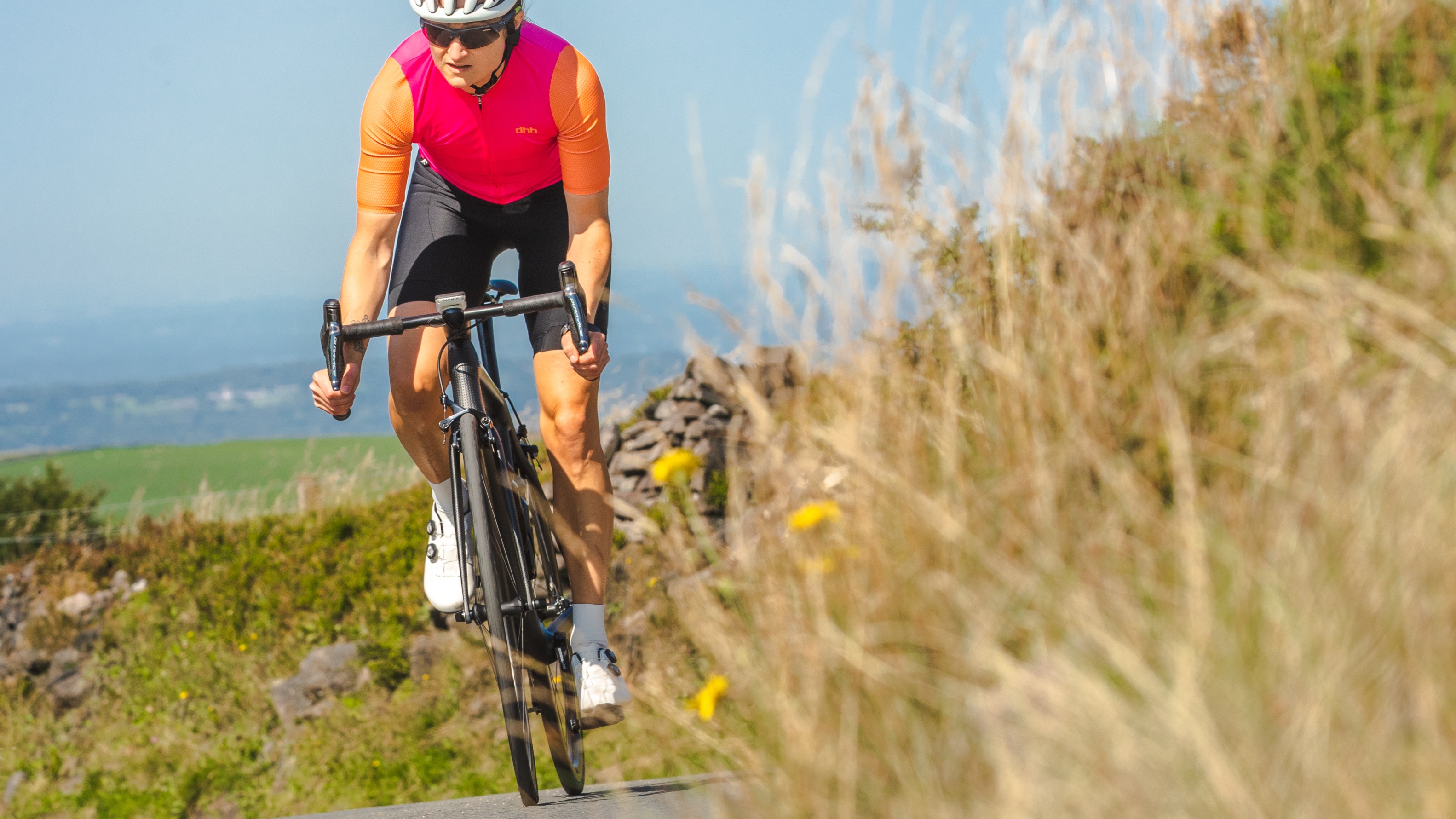Cycling reduces the chance of knee pain, especially in the over 60s - study shows
Study found that those who cycled were less likely to experience knee pain


"Ohh, but think of your knees!": most cyclists have probably heard the cry, laced with concern, upon relaying the past weekend's - in your opinion, perfectly reasonable - activities. However, a new study has confirmed that cycling is indeed good for knee health.
The study, published earlier this year, analysed data from 2,607 participants in their 60s, and found that those who cycled at some point were 17% less likely to develop knee pain, and 21% less likely to develop arthritis with pain at the knee joint.
Of the participants, 44% were men, and the mean age was 64.5 years.
The authors said that the impact of cycling appeared to be "cumulative", leading them to deduce a "dose response", in which those who cycled more appeared to be less likely to experience knee pain. The authors concluded that "bicycling may be favourable to knee health and should be encouraged".
The study was carried out retrospectively, and results were analysed as part of a larger Osteoarthritis Initiative (OAI).
The study authors suggested that cycling had a positive impact on avoiding pain associated with knee osteoarthritis - the most common form of arthritis - because the activity builds muscles around the knee, without the "jarring" and impact associated with sports such as running.
Cyclists are not exempt from knee pain. However, in the instances that the activity is considered the cause, the injury is often attributed to either a sudden increase in volume, or a bike fit issue.
Get The Leadout Newsletter
The latest race content, interviews, features, reviews and expert buying guides, direct to your inbox!
In the case of a bike fit issue, diagnosing and fixing the problem is often influenced by where the pain is experienced. Speaking to Cycling Weekly for a feature on knee pain and cycling, coach and bike fitter at VO2 Maximum in Kent, Jimmy George, said: "The saying in bike fitting is ‘pain at front of knee [anterior], saddle is too low, pain at back of knee [posterior], saddle is too high’. From a bike fit point of view, that’s the easiest thing to look at first."
Cleats and saddle set-back are other areas to check, and it's important to be cautions when adding volume and intensity; "if someone suddenly goes from nothing to 4 hours, they’re going to get pain. Same for intensity – if you increase intensity you need to back down on volume and ensure you’re getting rest," George advised.
On balance, as long as you build up your training load carefully, and check that your position on the bike is supportive and appropriate for your level of strength and flexibility, you can rest assured that getting the miles in can only be good for your knees.

Thank you for reading 20 articles this month* Join now for unlimited access
Enjoy your first month for just £1 / $1 / €1
*Read 5 free articles per month without a subscription

Join now for unlimited access
Try first month for just £1 / $1 / €1
Michelle Arthurs-Brennan the Editor of Cycling Weekly website. An NCTJ qualified traditional journalist by trade, Michelle began her career working for local newspapers. She's worked within the cycling industry since 2012, and joined the Cycling Weekly team in 2017, having previously been Editor at Total Women's Cycling. Prior to welcoming her first daughter in 2022, Michelle raced on the road, track, and in time trials, and still rides as much as she can - albeit a fair proportion indoors, for now.
Michelle is on maternity leave from April 2025 until spring 2026.
-
 'This is the marriage venue, no?': how one rider ran the whole gamut of hallucinations in a single race
'This is the marriage venue, no?': how one rider ran the whole gamut of hallucinations in a single raceKabir Rachure's first RAAM was a crazy experience in more ways than one, he tells Cycling Weekly's Going Long podcast
By James Shrubsall
-
 Full Tour of Britain Women route announced, taking place from North Yorkshire to Glasgow
Full Tour of Britain Women route announced, taking place from North Yorkshire to GlasgowBritish Cycling's Women's WorldTour four-stage race will take place in northern England and Scotland
By Tom Thewlis